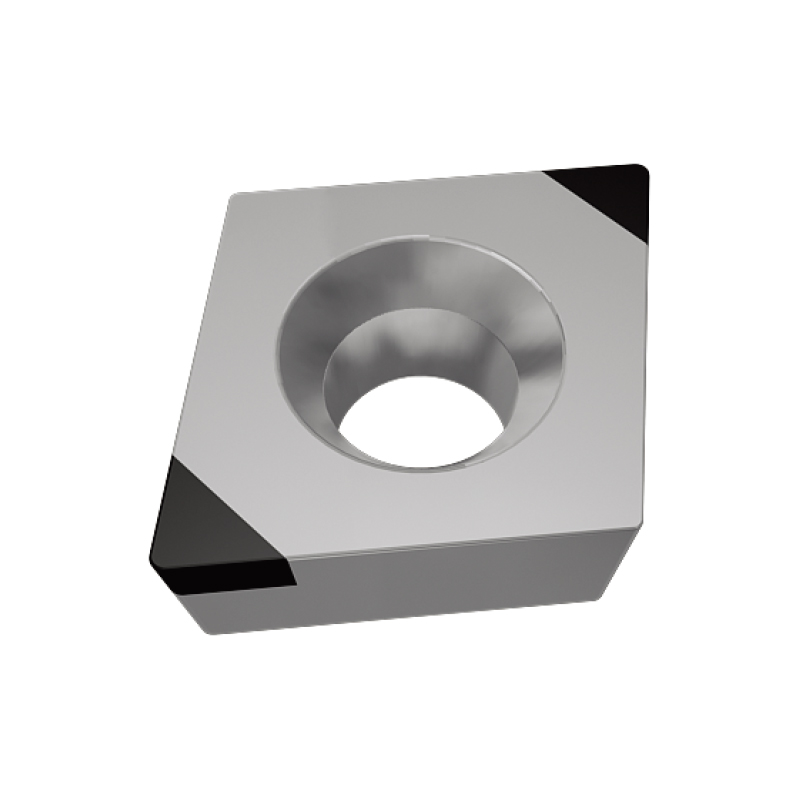When machining camshaft bores in a gasoline engine company, the aluminium chips generated during machining constantly caused them to wrap around the toolholder, resulting in broken tools. The broken tool caused scraping of the bore wall during machining, which greatly affected the quality of the machined product.
One idea to avoid this is to improve and optimise the tool: to avoid tool breakage due to aluminium chipping during machining, a chipbreaker must be added to the PCD edge. The chipbreaker not only acts as an additional deformation for the chip, but also has an important influence on the shape of the chip and its fracture. In cutting, the different shapes and sizes of the chipbreaker and the angle of inclination between the chipbreaker and the main cutting edge can be used to successfully control the curling and breaking of chips, which is a key technology for ensuring quality and increasing productivity in machining, especially in automated production.
Currently, cutting flute technology is only available from a few tool manufacturers. WSS has accumulated a lot of valuable experience in optimising tool applications over time and is committed to continually refining and improving tool applications and now has the proven technology to optimise tools.
Tool loading and commissioning
With the DMG MORI LASERTEC 20 laser machine, WSS achieves perfect cutting edges without notches and complex cutting edge geometries. As a result, WSS cutting edges offer unique advantages and good performance in the machining of chipbreakers. In response to the problems that arise in different situations, WSS has improved the drawings, adjusted the geometry of the chipbreaker and the angle of the tool to help the customer solve the problems on site and has now met the customer's requirements.
 Examples of automotive parts processing of hardened steel materials
Examples of automotive parts processing of hardened steel materials
 Powder metallurgy solutions for soft materials
Powder metallurgy solutions for soft materials
 CBN tool solutions for machining carburised steel materials
CBN tool solutions for machining carburised steel materials
 WSS Attends 2023 Seminar on Advanced Tooling Technology in High Precision Gear Machining
WSS Attends 2023 Seminar on Advanced Tooling Technology in High Precision Gear Machining


